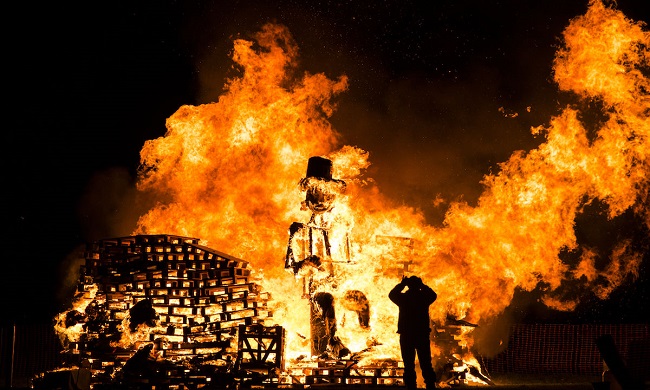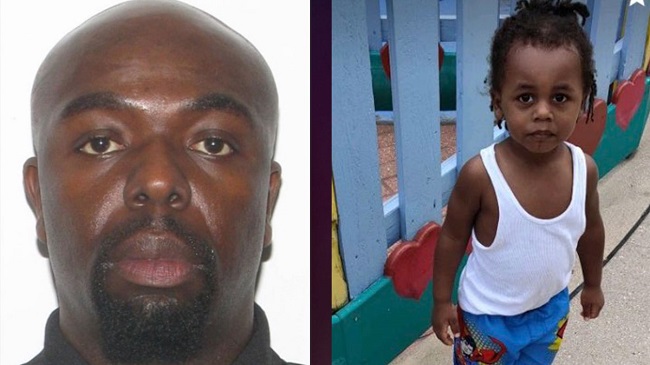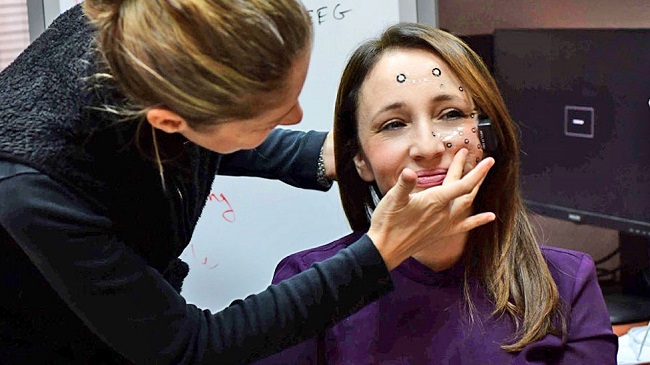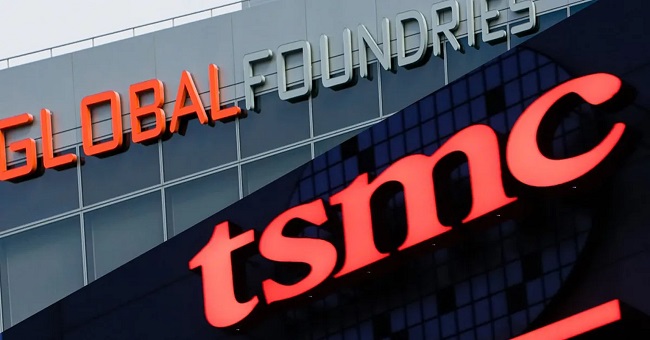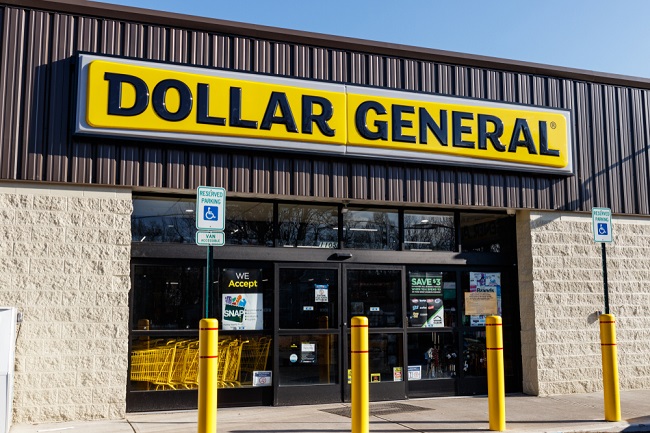Have you ever received a notice “Data error (cyclic redundancy check)” when moving a file from one device to another? That is simply an error that occurs when data is copied from one device to another.
This might happen for a variety of reasons, including a bad connection with the hard drive, corrupt files, or any of the other possibilities.
The cyclic redundancy error (CRC) is most commonly caused by hardware difficulties, although it can also be caused by software.
So, in terms of hardware, it could be a USB/portable device issue that causes an inappropriate connection, a damaged disc, or a bad sector of the device.
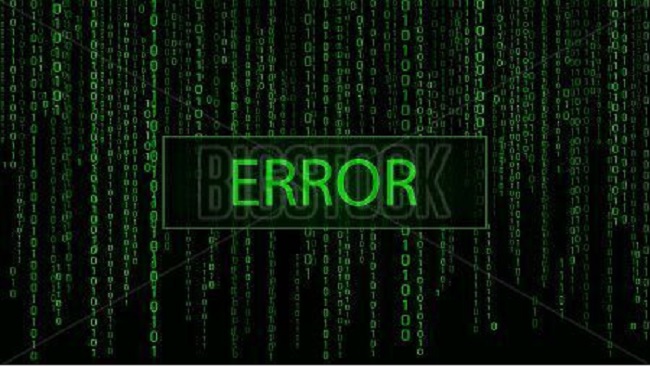
In terms of software, the file could be corrupted, or the issue could be caused by drivers. The problem caused by a USB/port device or a corrupt file is simple to check and should be done first.
So, try utilising another port to examine the condition of the port device. If that port isn’t having any issues, it’s likely that the prior one was the culprit.
Additionally, corrupt files can be tested by sharing the file with multiple drivers. If you are unable to copy the file to any other drivers in any way, the file may be corrupted, and you are experiencing this issue as a result.
Now, the first two methods should be checked before going any farther in resolving the issue. So, if your USB/port is working properly and your file is not corrupted, you should proceed to the steps listed below: –
How Do I Fix A Data Error? Check for Cyclic Redundancy
Take a peek around.
Method 1: Perform chkdsk
In Windows, Chkdsk is used to check for disc corruption, file system corruption, and faulty sectors. It not only checks and scans for problems, but it also corrects them.
As a result, this is the most suited strategy for repairing faulty files or drives. You must now specify the drive letter in order to run chkdsk.
Some people have reported being unable to locate their drive letters. As a result, we’ve come to assist them. Follow the procedures below if you can’t find your device letter –
Step 1: Connect the faulty drive to the computer for the first time. If your primary hard disc is encountering problems, attach it to the other computer and use it as a backup.
Step 2: After completing step 1, press the Windows key and the letter ‘E’ together.
Step 3: Check to see if your device is visible. If this does not work, hit ‘WINDOWS + R’.
Step 4: Press ENTER after typing ‘devmgmt.msc’.
Step 5: Double-click on the dsk drives.
Step 6: The list should now include your connected device. If this isn’t the case, right-click on Disk drives and select Scan for Hardware Changes. If a yellow indicator appears, right-click on the drive and select Update Driver Software, which will search for updated driver software automatically.
Step 7: Now, hold down the Windows key and the R key at the same time.
Step 8: In the Run box, type diskmgmt.msc and press Enter.
Step 9: Find your disc and drag it over. If your device has a black bar over it, that signifies it is unallocated. Right-click it and revive the disc.
Step 10: After that, press the Windows key.
Step 11: Finally, execute as administrator from the command prompt.
Step 12: Type diskpart into the search box and hit enter.
Step 13: Press Enter after typing automount enable.
Step 14: Finally, reconnect the faulty drive and verify whether or not the letter appears.
After you’ve determined your device letter, decide whether you want to check the usb drive or the main hard drive.
Which to check depends on the circumstances. However, it is advised that you check the exterior one first.
To check the drives, go through the steps below –
Step 1: To begin, press and hold the Windows key.
Step 2: After that, open a command prompt.
Step 3: Finally, select Administrator from the drop-down menu.
Step 4: Now type chkdsk C:/f into the command prompt and press Enter. Replace “C” with the letter of your device.
Step 5: To open Windows Explorer, hold down the Windows key and click E.
Step 6: If you get a notification that says “chkdsk cannot run because the volume is in use……..,” type Y and press Enter.
Step 7: Finally, wait for the process to be completed.
The outcome of the disc check will be displayed once the process is completed. It would have most likely resolved the problem. However, if the problem persists, perform chkdsk before loading the windows.
The steps are as follows –
Step 1: Connect the USB to the computer.
Step 2: Restart your computer after that.
Step 3: To boot, press any key.
Step 4: Finally, select a keyboard layout.
Step 5: Press NEXT after adjusting your language, time, and typing technique.
Step 6: Select Repair your computer and Advanced choices from the Install Windows page.
Step 7: Next, go to the Command prompt and type chkdsk/rC:, then hit Enter.
This would have taken care of the problem. Logging into the window will reveal this.
Method 2: Disk Utility
Despite the fact that chkdsk is the best way for scanning and restoring faulty files and drivers, this method of inspecting disc utility is simpler than chkdsk.
We can easily use My computer’s check disc software by following the easy instructions below –
Step 1: To open Windows Explorer, first long click the Windows key and then ‘E.’
Step 2: Next, right-click on the drive you wish to inspect and select ‘properties’ from the menu.
Step 3: Next, go to the TOOLS tab and choose ‘CHECK’ from the error check box.
Step 4: A pop-up window will appear. Tick the box that says “automatically correct file system fault” and hit the “start” button.
Wait for the procedure to finish, which could take several hours. Your problems would be resolved once the project was completed.
Method 3: Quick Format
If the above approaches have failed and you are unable to retrieve your important data, the only option is to use fast format.
If you’re worried about losing your important data when listening to quick format, don’t be. Quick sort does not remove the data.
To put it another way, it just listens to the table that aids in identifying the position of all data on the disc.
Unless you copy something new to replace the old one, the data will not be wiped. So, till you don’t copy anything new and merely run a Quick scan, data l will be safe.
After scanning, you can recover the data with a data recovery tool. The following are the actions to take in order to recover –
Step 1: Connect the faulty drive to the computer for the first time. If your primary hard disc is encountering problems, attach it to the other computer and use it as a backup.
Step 2: Then, while holding down the Windows key, hit the ‘E’ key to open Windows Explorer.
Step 3: Right-click on the driver that is causing the issue.
Step 4: Next, go to Format and select Quick Format from the Format drop-down menu, then click Start.
Step 5: Watch for the Quick format to complete. You can then run chkdsk or Check disc utility activities once it’s finished. Check out method 1 and method 2 for further information and actions on these methods.
Step 6: Finally, get any data recovery software and get your data back.
This will allow you to recover your important data. If not, you can consult an IT expert.
Also
1. Afdah
2. GoGoAnime
Conclusion
We have attempted to present you with all of the methods that work for this problem in the majority of circumstances in this article.
If it doesn’t work, please seek expert help. Also, perform a chkdsk or Check utility disc operation on a regular basis to keep your device in good working order.















